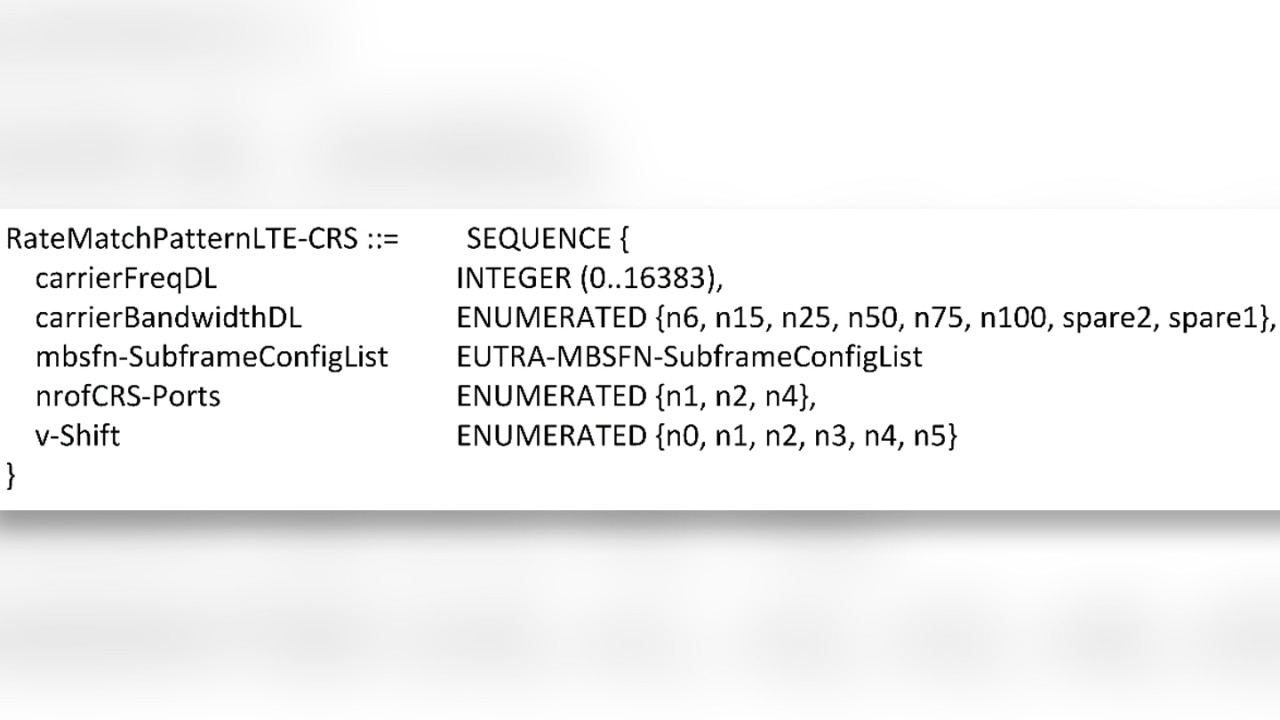Written by Andreas Roessler | November 12, 2020


Before going any further, let’s quickly review the cornerstones of 5G NR transmission. As explained in part 1, 5G NR uses synchronization signal blocks (SSB) for signal synchronization. When sharing the spectrum with LTE, LTE configures Multimedia Broadcast Single Frequency Network (MBSFN) subframes to allow the transmission of 5G NR’s SSBs periodically.
As there are no cell-specific reference signals in 5G, the device maintains synchronization based on the channel state information reference signal (CSI-RS) configured for time-frequency tracking. These signals are typically also transmitted in the MBSFN subframes.
However, a typical MBSFN configuration configures 3 out of 40 subframes to transmit 5G NR’s synchronization and tracking signals. This does not provide any substantial capacity for any 5G NR deployment. To overcome this situation, dynamic spectrum sharing (DSS) enables the transmission of 5G NR in standard LTE subframes not configured for MBSFN.
Rate matching for LTE cell-specific reference signals
In standard LTE subframes, there are still signal components that need to be avoided by any 5G NR transmission, even if the scheduler in the LTE base station does not intend to use this particular subframe for data transmission.
Besides the control channels at the beginning of every LTE subframe, cell-specific reference signals are always present in each subframe. Their mapping in the time-frequency resource grid depends on the physical cell identity and the MIMO mode (2x2 or 4x4). Figure A gives an overview of the mapping of these signals to up to four antenna ports.


Figure A: Mapping of LTE cell-specific reference signals to antenna ports
The 5G NR base station scheduler uses a rate matching algorithm to puncture these resource elements, thereby avoiding any transmission on the resource elements carrying LTE CRS. The network signals the required information of frequency, bandwidth, and the number of antenna ports to the device.
Besides this necessary information, the system indicates further the MBSFN configuration and a frequency shift parameter vshift. The shifting parameter depends on the physical cell identity and follows a modulo-6 operation. The MBSFN configuration is required, as the scheduler does not need to avoid any LTE CRS in MBSFN subframes, as there aren't any transmitted. Figure B gives a summary of the transmitted parameters.


Alternative position of additional PDSCH DMRS signal
The second required feature is the support of an additional position for the mapping of the PDSCH Demodulation Reference Signal (DMRS). Based on a standard LTE subframe, with the LTE control channel and CRS present, assuming the scheduler does not schedule any PDSCH, the remainder of the subframe is available to 5G NR.
Therefore, the CORESET and the NR PDSCH with rate matching active, including its DMRS, are mapped on the LTE subframes’ available resource element. As explained earlier, a second PDSCH DMRS is required to enable mobility. The symbol position depends on the number of available symbols for the 5G NR transmission.


Figure C: Alternative position for 5G NR’s additional PDSCH DMRS (symbol 12 instead of 11)
If we assume that the LTE control channels occupy only the first symbol of the slot, then 13 OFDM symbols are left for transmission with symbol #11 carrying the additional PDSCH DMRS. However, the PDSCH DMRS transmission would collide with LTE CRS, already occupying certain resource elements within that OFDM symbol; see figure A.
In this case, the solution is to move the transmission of the additional DMRS position by one symbol to symbol #12. This change only applies if the 5G terminal has indicated its support of this feature when transmitting its UE capabilities towards the network, and the network configuration itself meets two specific settings:
- The position of the initial PDSCH DMRS transmission is l0 = 3. The devices decode this information from the Master Information Block (MIB) transmitted via the Physical Broadcast Channel (PBCH) as part of the SSB transmission.
- The network has configured the device via dedicated RRC signaling with the LTE-CRS rate matching algorithm that we discussed earlier.
Where is the “dynamic” in dynamic spectrum sharing?
So far, we have more or less discussed a semi-static configuration of both LTE and 5G NR to enable the use of specific subframes for 5G NR when LTE is not present at all or when mechanisms that allow 5G NR to transmit in LTE subframes are not used by LTE. The question remains, is there a way for LTE and 5G NR to share a subframe and for both to transmit control information and data? The answer is yes, of course, but very much depends on the network equipment provider.
To put the dynamic to DSS, the infrastructure vendor typically requires the service provider to have 4G LTE and 5G NR radios co-located, connected to the baseband processing unit that controls the particular cell and thus frequency band. In that case, the scheduler, while monitoring the cell load, type of services requested by the terminals, and ultimately knowing how many LTE and 5G devices connect to this cell, can use this information to assign resources towards LTE or 5G dynamically.
According to public announcements of network equipment vendors, this situation is assessed on a 1 ms basis and can, therefore, change rapidly depending on the load situation in the particular cell. Nonetheless, the dynamic aspect of spectrum sharing is a proprietary characteristic of the used infrastructure provider.
Testing DSS in the field
DSS is not just one feature; it is enabled by cleverly combining different functionality in LTE and 5G NR networks. This combination and interaction of complex elements require thorough testing on the device and network side, in the lab and the field.
In our next article about DSS, we will look into field testing aspects using Rohde & Schwarz market-leading drive test tools for 4G LTE and 5G NR, such as scanners and DSS-enabled mobile devices.
Using real-world measurement data from a commercially deployed 5G network, we will assess performance, examine relevant key performance indicators, and explain how to use the obtained information to optimize the network for DSS operation.
Read more about dynamic spectrum sharing in our article series:
DSS: 5G NR-LTE coexistence through dynamic spectrum sharing (part 1)
DSS: Measurement aspects of testing LTE and 5G networks (part 3)
Measurement examples of live 5G mobile networks that support DSS (part 4)






